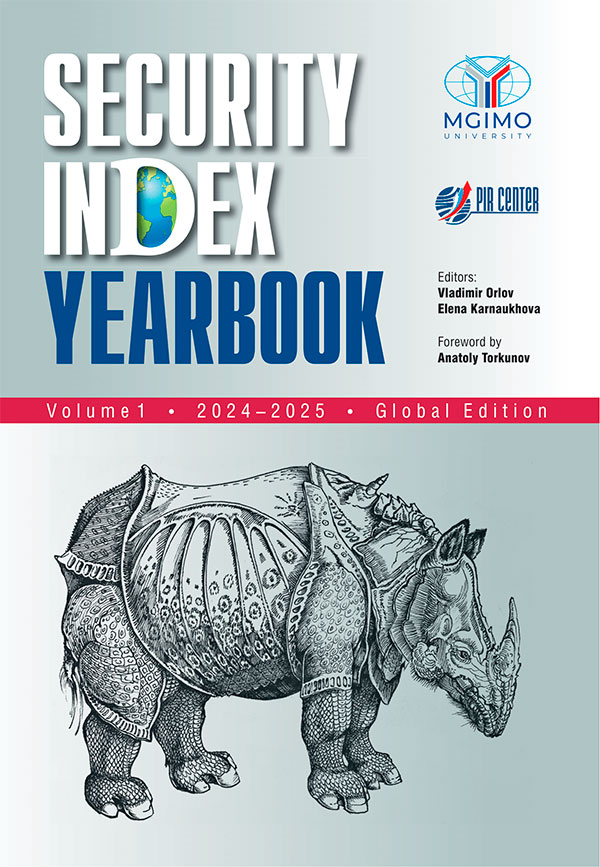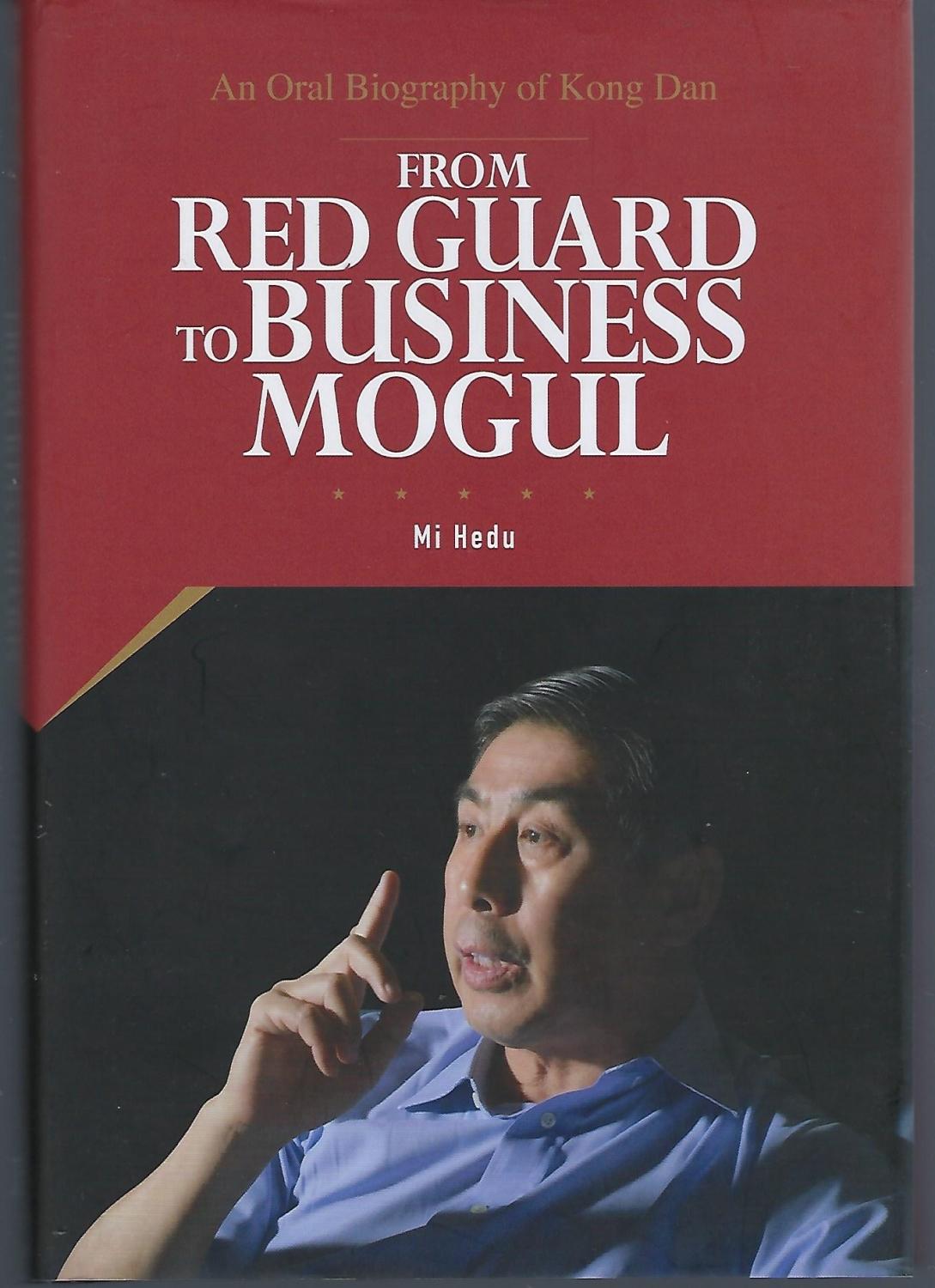While the US-led group enforces rigid bloc discipline, the world’s emerging powers extol flexibility
Two events – Indian Prime Minister Narendra Modi’s pomp-filled visit to Moscow and the 75th anniversary NATO summit in Washington – coincided this week. The coincidence is remarkable because they illustrate two contrasting models for organising inter-state relations....
... giants of international politics, their colossal demographic size in itself puts internal issues in first place. Foreign policy activity fades into the background and is considered only in the context of the internal struggle for unity (Russia, China, India) or the retention of power by elites, who have become practically irreplaceable in recent decades (the USA and the largest European countries).
This objective process has two consequences that are of interest on a theoretical and practical level. First, there is growing confusion among those whose professional responsibility is to talk about international ...
Interview with Tobby Simon, President of the Synergia Foundation
Today, India is becoming a prominent player on the global technological arena. How India is achieving this? How does this country protect its technological sovereignty in a fragmenting world? Are there any prospects for cooperation between Russia and India in ...
Like Russia, India is likely to resist the evolution of the international system towards a rigid U.S.-China bipolarity since such an evolution would inevitably deprive New Delhi of the freedom of manoeuvring that it enjoys now
Recently there have been many speculations ...
The whole idea that someone—be it Moscow, Washington or Beijing—can ‘lose’ India looks excessively arrogant, if not completely preposterous
Is Russia losing India? They raise this question at practically every conference, workshop or an expert meeting on Russian-Indian relations since the times of the Soviet disintegration ...
... research workshop on technological leadership in the transformation of the world order.
During the workshop, leading experts discussed key issues of global technological leadership in the new environment and considered the development policy of the USA, China, the EU, and India in the field of innovative technologies against the backdrop of growing competition.
Ivan Timofeev, RIAC Director General, and Sergey Afontsev, Deputy Director for Research at the Primakov Institute of International Relations of the Russian Academy ...
... orbit of Chinese influence
Bangladesh has been boasting the highest economic growth rates among the countries of South Asia over the past 10 years. The nation’s GDP per capita
has reached
USD 2,500, a number that surpasses those of the neighboring India and Pakistan. Dhaka is keen on fostering relations with Beijing, New Delhi and Washington concurrently. However, amidst the ongoing tectonic shifts in the global political system and economy, excessive diversification of relations is likely to harm ...
India’s pragmatic policy of principled neutrality towards the Ukrainian conflict successfully safeguarded its hard-earned strategic autonomy
India’s pragmatic policy of principled neutrality towards the Ukrainian conflict is responsible for turbocharging ...
India’s participation in the Vostok 2022 exercises has injected fresh momentum into the relationship, and this is something that both countries need to build on
India’s participation in the recently-concluded Vostok 2022 exercises has set in motion ...
... to open markets
On his visit to Tokyo, U.S. President Joe Biden announced on May 22 the new Indo-Pacific Economic Framework for Prosperity
initiative
, initially made up of 12 of the region’s countries – the United States, Australia, Brunei, India, Indonesia, Japan, Malaysia, New Zealand, the Philippines, South Korea, Thailand and Vietnam.
A New Political Tool for the Indo-Pacific Dimension: The Ins and Outs of U.S. Goal-Setting
Zhao Huasheng:
Assessing the Trend of the Indo-Pacific Strategy
...



